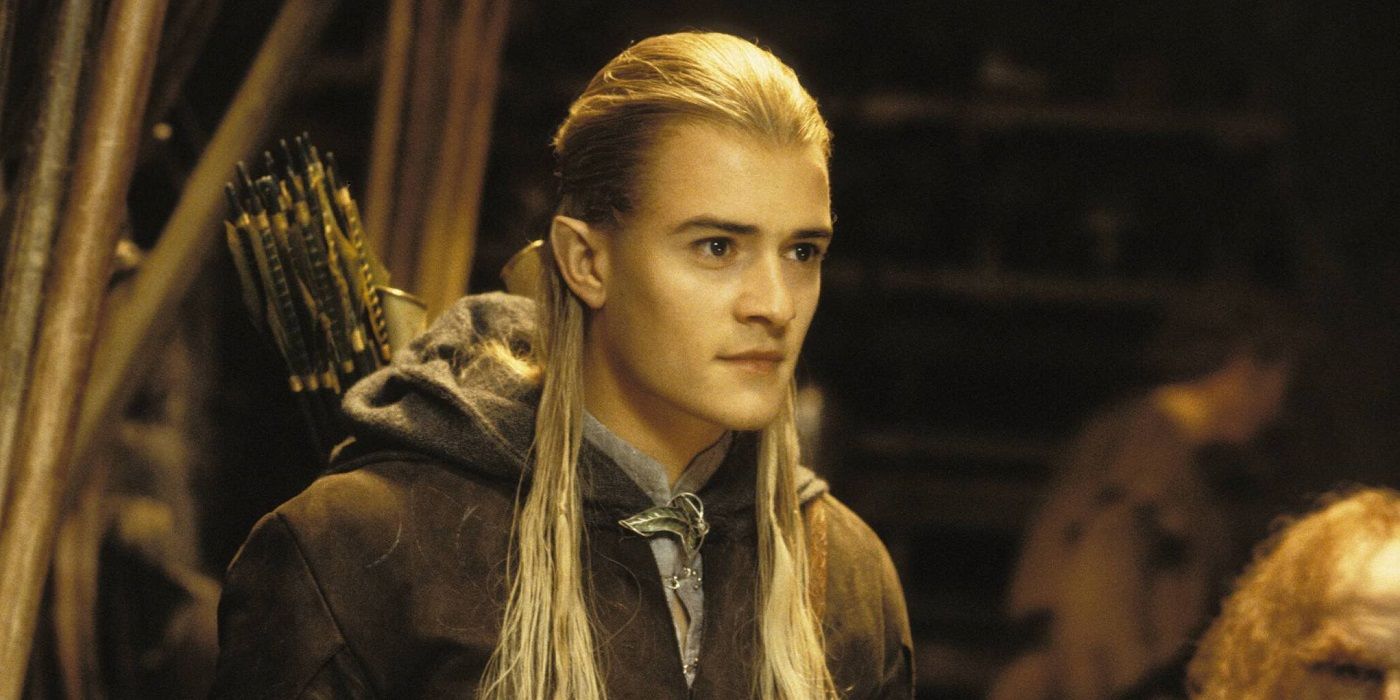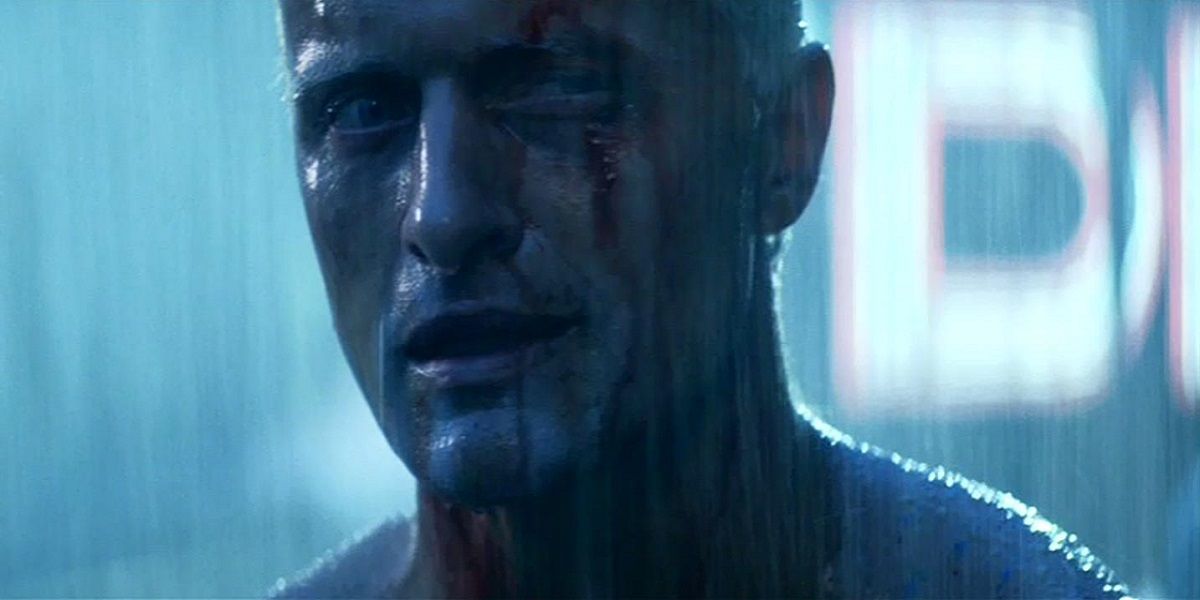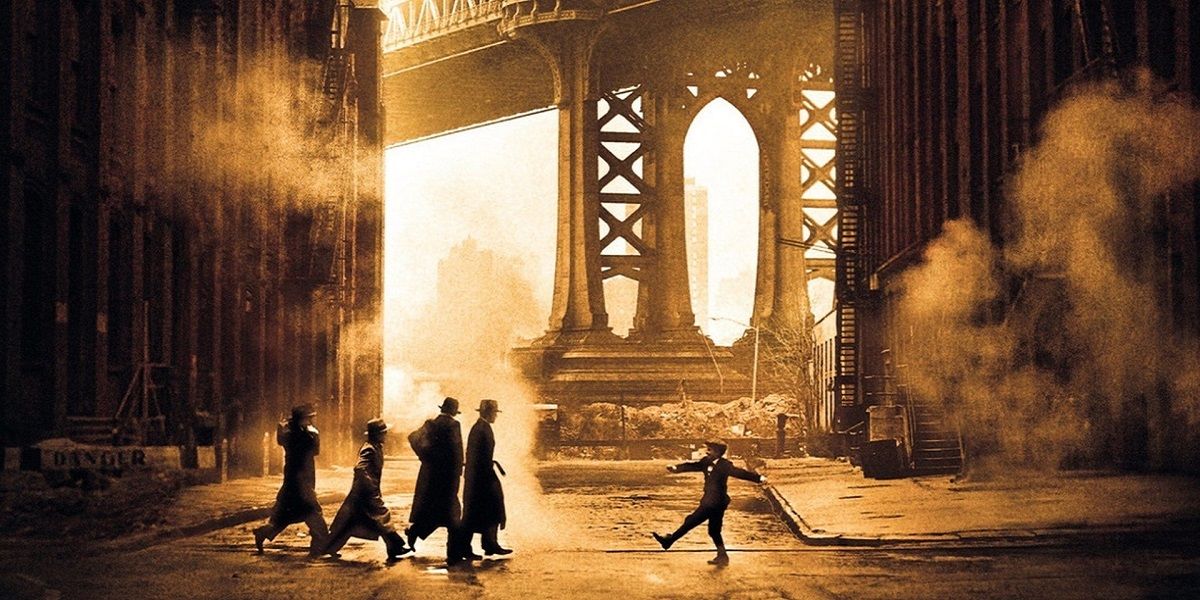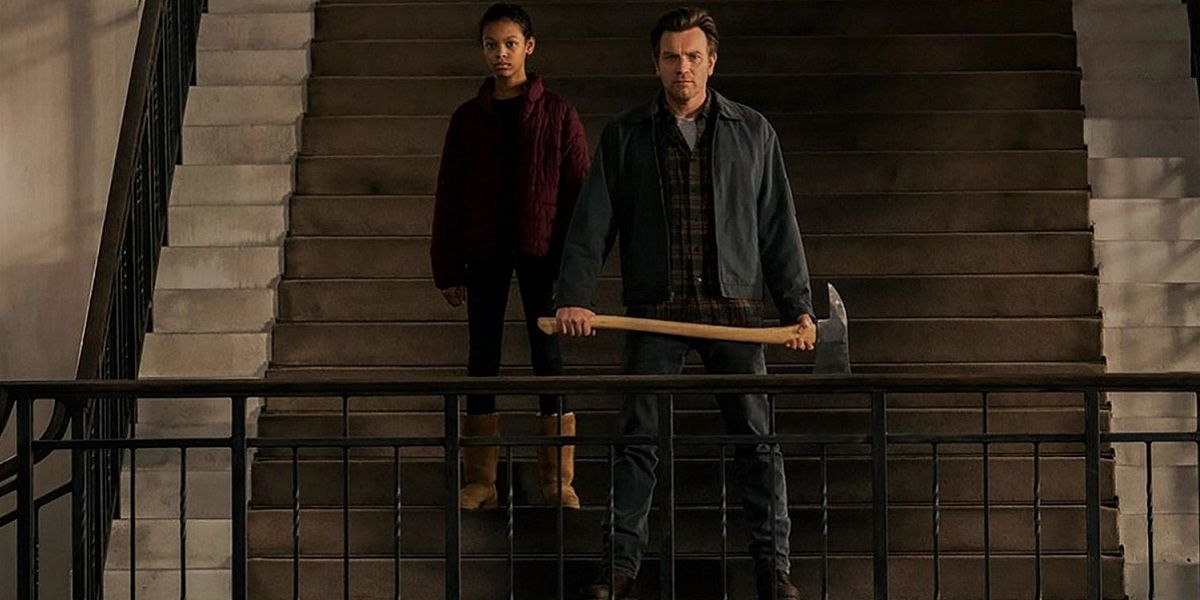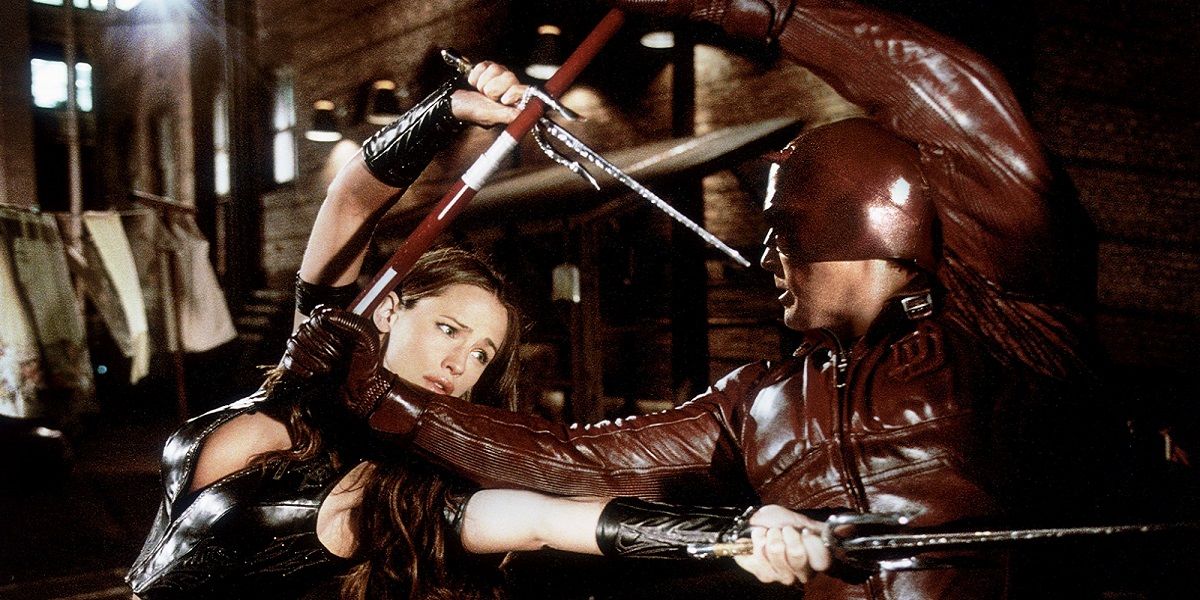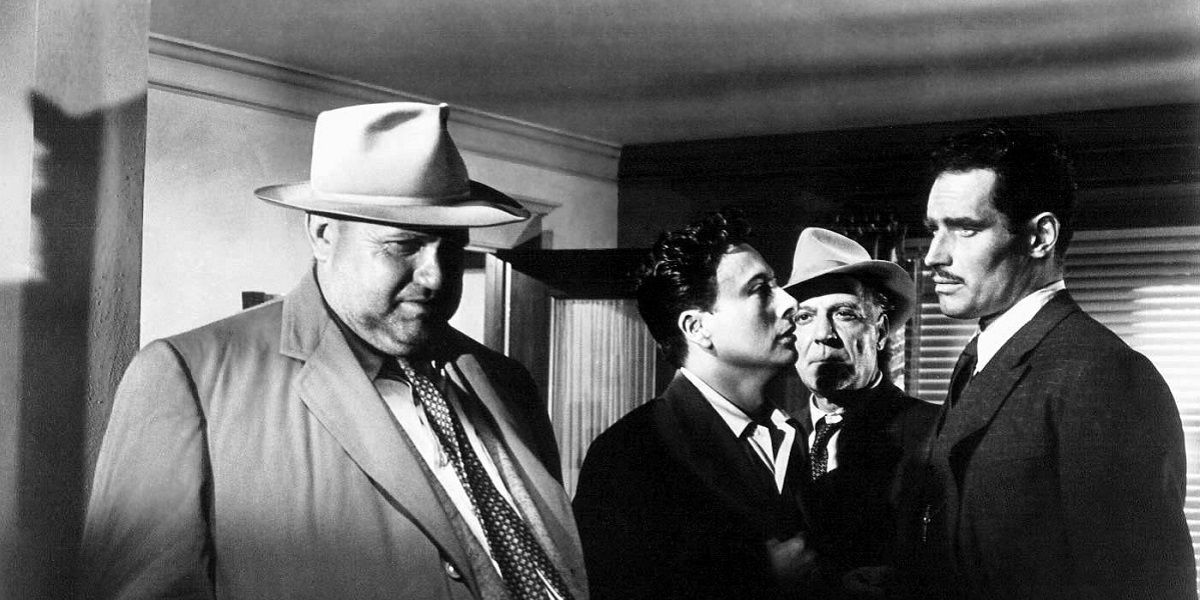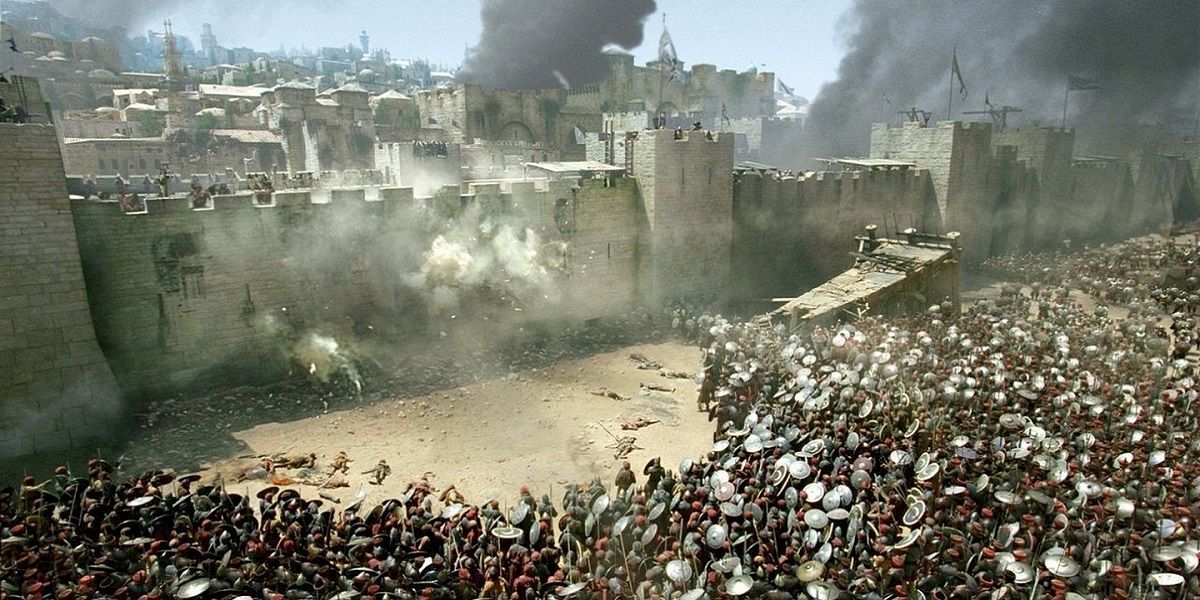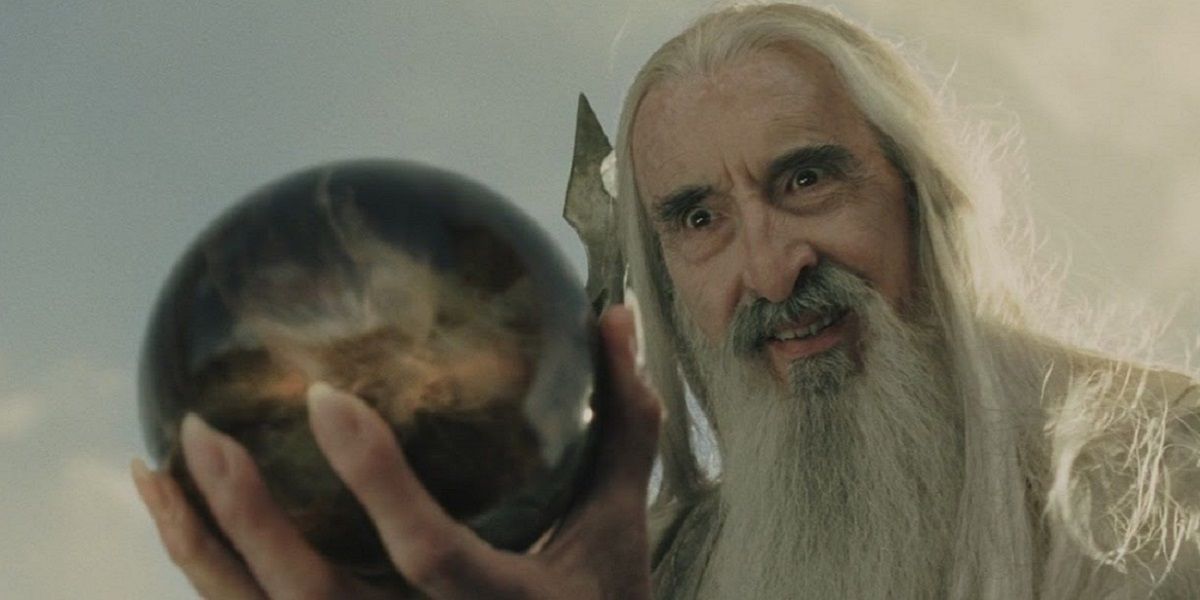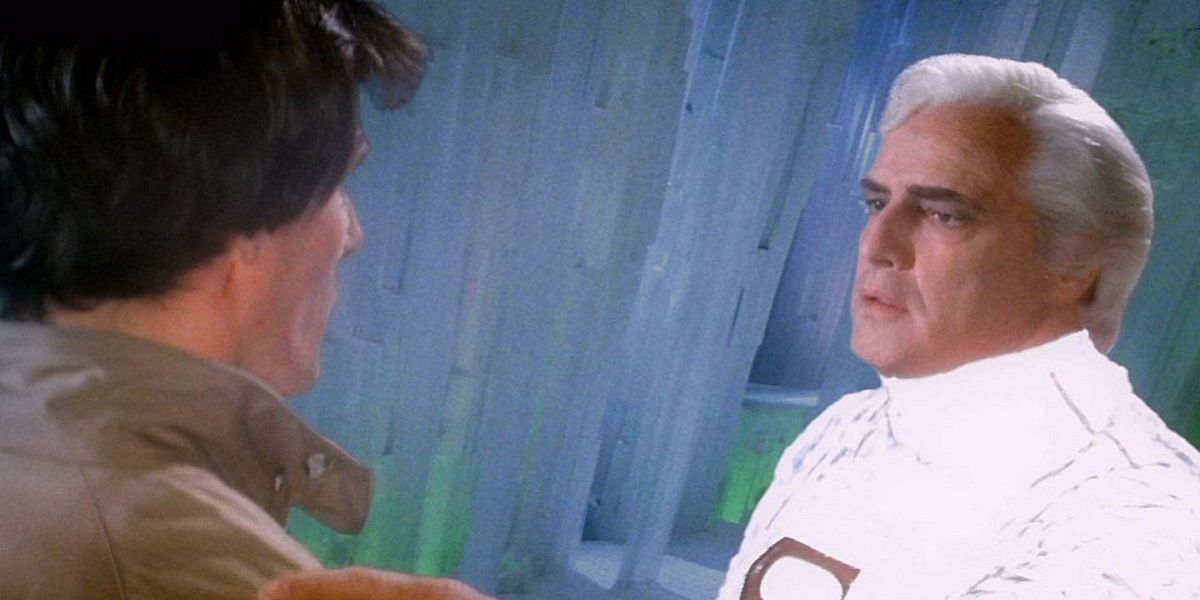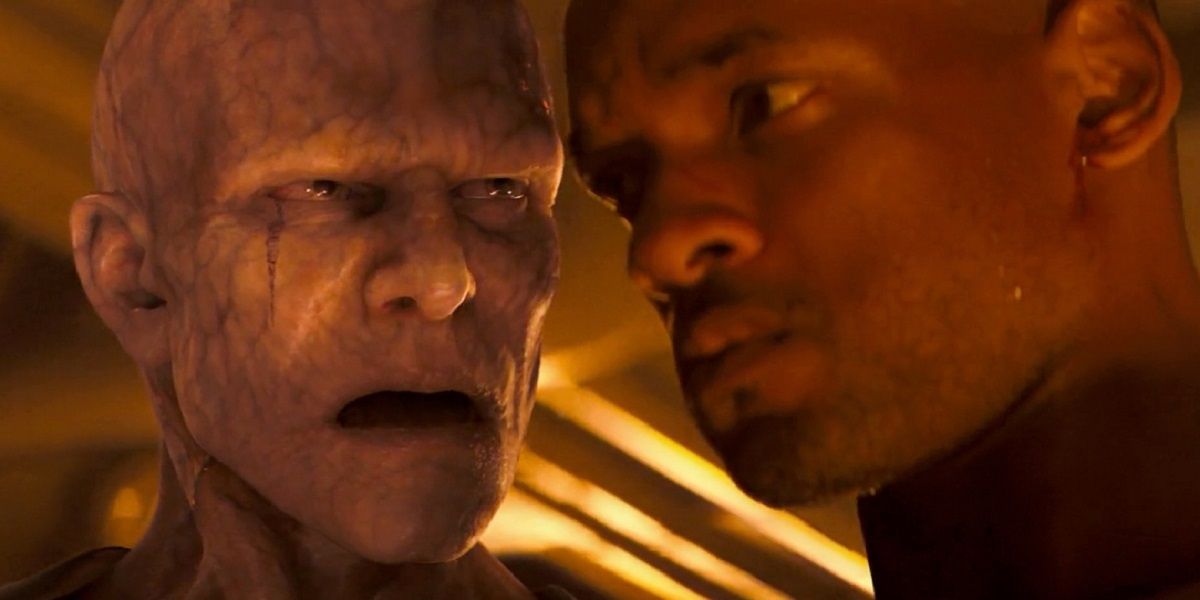Movie directors have a pretty work-heavy job. They don't carry the entire film by any means, but they are responsible for guiding the creative vision. They have to please their own sensibilities, their producers' demands, audience demands, and survive the test of time. Oftentimes, in fear of the final product being too long, too complicated, or too detailed for general audiences, studios interfere with directors and their course to guide the crew to that vision.
At times, a "Director's Cut" film can indeed feel exhausting or long-winded in comparison to a theatrical release. But at other times, it is baffling that the studio cut out aspects of the director's vision because the final product is completely changed, not trimmed.
Blade Runner
Blade Runner has several cuts of the film all over the place. However, director Ridley Scott's favorite cut of the film is the 1992 Director's Cut Ridley oversaw. The film cuts out the somewhat pandering and on the nose narration of Deckard seen in the theatrical version, something Harrison Ford also hated. The question of whether or not Deckard is a replicant is also touched upon; there is now a scene of Deckard dreaming about a unicorn, a hint that he could be a replicant. And on top of that, the film's ending doesn't have Deckard and Rachael running away together with the reveal she has "extended warranty." Instead, it ends when the pair step into the elevator, their fates more ambiguous. The Director's Cut is clearly a stronger product, with more emphasis on existentialism than the detective mystery.
Once Upon A Time In America
Sergio Leone's immensely long crime drama is an excellent movie... when the 250-minute version is viewed, not the 139-minute version. Sure, trimming down a 4+ hour movie is understandable, but slicing the product in half and then re-arranging the order of the scenes? Unforgivable. One version is a bad movie. The other is Leone's epic masterpiece.
Doctor Sleep
Doctor Sleep was already a great movie when it came out in 2019. That being said, Mike Flanagan's Director's Cut makes it an excellent film. In fact, it makes it one of the best horror/thriller sequels ever made. The biggest problem with the theatrical version was the lacking punch to the third act, in which Dan Torrance returns to the infamous Overlook Hotel. The decision to re-play the "greatest hits" felt unwarranted and tacked on, and there was not a strong emotional connection other than nostalgia for The Shining. In the Director's Cut, the film leads up to The Overlook climax more, highlights the film as a metaphor for alcoholism, and gives Dan Torrance a solid character arc.
Daredevil
The Director's Cut of Daredevil doesn't make it a good movie. But it makes it a better movie, at least. It features an extra 30 minutes of footage featuring more of Matt Murdock's brooding and Catholic guilt, a drug addict played by Coolio, less focus on the romance with Elektra, and actually gives depth to the titular hero's character.
Touch Of Evil
Few directors were blasted by Hollywood so much as Orson Welles was. Welles' great noir movie was neutered and chopped down by Universal Pictures, and to add salt to the wound, was released as a B feature. Years after Welles' death, editor Walter Murch put together a more loyal version to Welles' vision with what footage was found, following notes Welles left behind. Long story short, it has extra (and welcomed) scenes, much tighter editing, and looks sharper.
Kingdom Of Heaven
Ridley Scott has a lot of Director's Cut versions for many of his movies, so it makes sense that he appears on this list twice. Kingdom Of Heaven was cut down around 45 minutes after preview audiences were lukewarm to it. Entire storylines, character arcs, and critical confrontations were cut from the Crusades epic. While the film's Director's Cut is by no means a perfect film, it is definitely the better of the two.
Lord Of The Rings
Peter Jackson is notorious giddy and loving with his passions, and at times, could be a little overbearing in detail. But for people just as giddy as Jackson about Middle-Earth, the extended versions are a blessing. The added scenes aren't always critical, but they round out the story and give more detail to the already packed world. Most notably, there are two very important scenes that actually should have gone in the theatrical cuts.
The first is in Two Towers, showing Boromir and Faramir dealing with their father, demanding that Boromir find the One Ring to benefit Gondor and bring peace and glory for all. Being his father's favorite son and put under pressure, it explains Boromir's motivations and particular weakness to the Ring in Fellowship of the Ring. It also is the only scene the two brothers share. The other scene is in Return of the King, showing Saruman's comeuppance and death on screen. Considering that Saruman was a major antagonist in the first two films and needed to be addressed, the scene's exclusion from the theatrical version is baffling. It also infuriated Christopher Lee for many years, who skipped the film's premiere and was irked he put in time and effort for nothing.
Brazil
Terry Gilliam's wonderfully bizarre dystopian film is a good movie in whichever way it is watched, the theatrical or the Director's Cut. In this case, the "better" version is merely a matter of taste. One has a happy ending to satiate general audiences. And it's good. The other has a dark ending to fulfill the theme's theme. And it's better. Guess which one fits Gilliam's vision.
Superman II
Few movies are changed so drastically by a Director's Cut that they are essentially different movies, but Superman II: The Donner Cut is perhaps the best-known example. While making the movie, director Richard Donner got into a complicated beef with the producers and studio over budget and schedule and wound up leaving the project. The movie was mostly (around 3/4ths) complete but was still lacking critical scenes; director Richard Lester replaced Donner. Lester was not a fan of Donner's version whatsoever and began to overhaul the whole film, and even shoot extra scenes to get himself a director's credit instead of Donner. He also clashed with Christopher Reeve, who was angry at Lester's lack of respect for Donner.
In the Lester version, the color scheme is more garish, there is more comedy, there are continuity errors (due to gaps in filmmaking), and has a few major plot holes. It's still a decent movie, but it feels much messier. Donner's version is far more complete and features a massive amount of new footage that Lester had cut out entirely, such as all of the footage of Marlon Brando's Jor-El. After Lester's version of the film came out in 1980, Lester would go on to make the critically panned Superman III, and Donner would go on to make the box office smash cult classic, The Goonies.
I Am Legend
A running pattern of this list features movies that were changed for the sake of appeasing audiences first and foremost. I Am Legend has an alternate ending that far exceeds the theatrical Hollywood version and is closer in line with the original book it was based on. Under assault from the "Darkseekers" in his home, Robert (Will Smith), makes a sacrifice play and blows himself up with a grenade to buy time for his friends. It's fine. But the alternate version actually has thought put into it. While under attack, Robert realizes the Darkseeker alpha male just wants his mate to return. Robert and the alpha both share a butterfly motif, and the connection hits right in the midst of the chaos. In a haunting moment, he reaches a realization that he is the monster, as he is the new minority in the new world, and has been killing the majority species without hesitation. He is the "legend." Hence the film's title. He then compromises with the alpha and returns the mate, and the two leave each other alone. The film then ends with Robert and company in a car, a cure for the Darkseekers' disease in hand, heading off.

